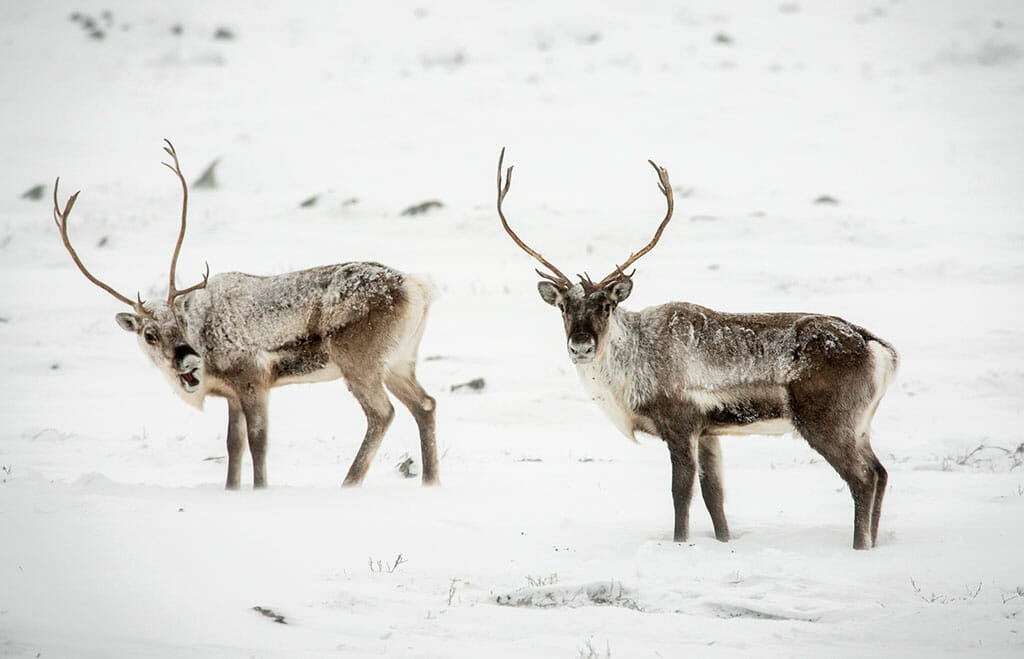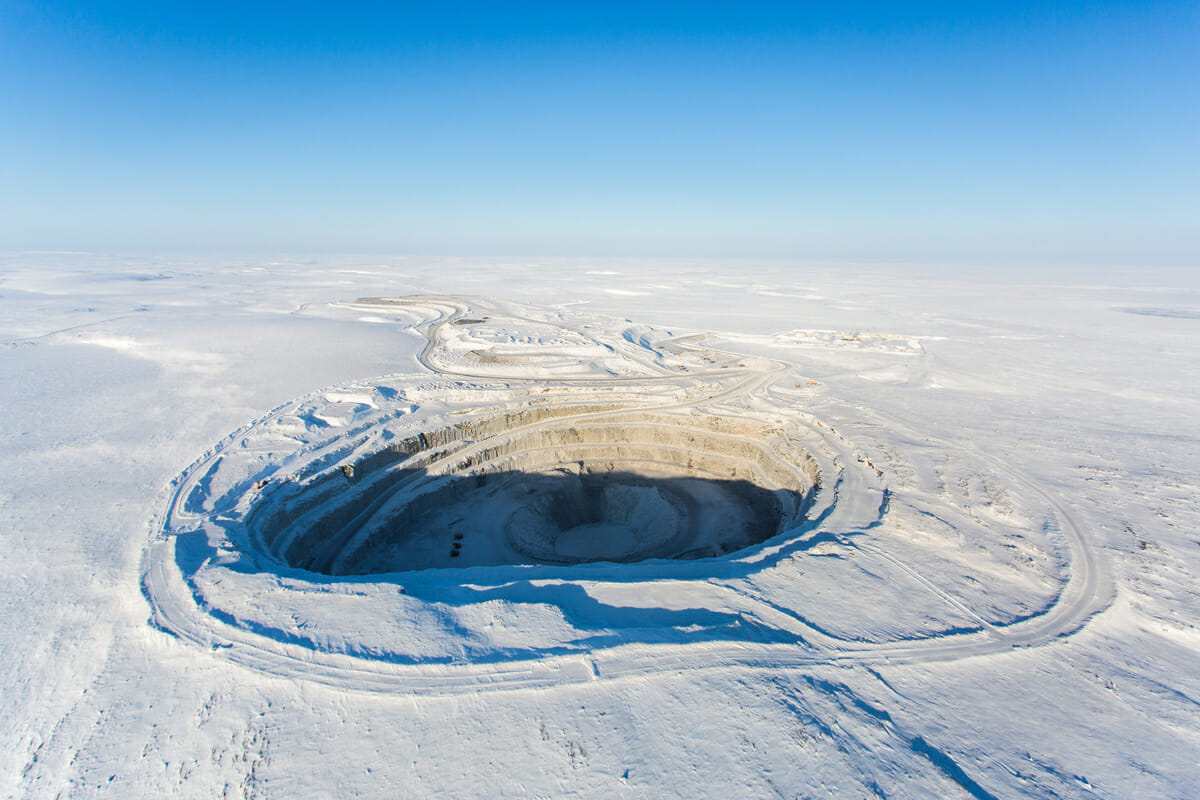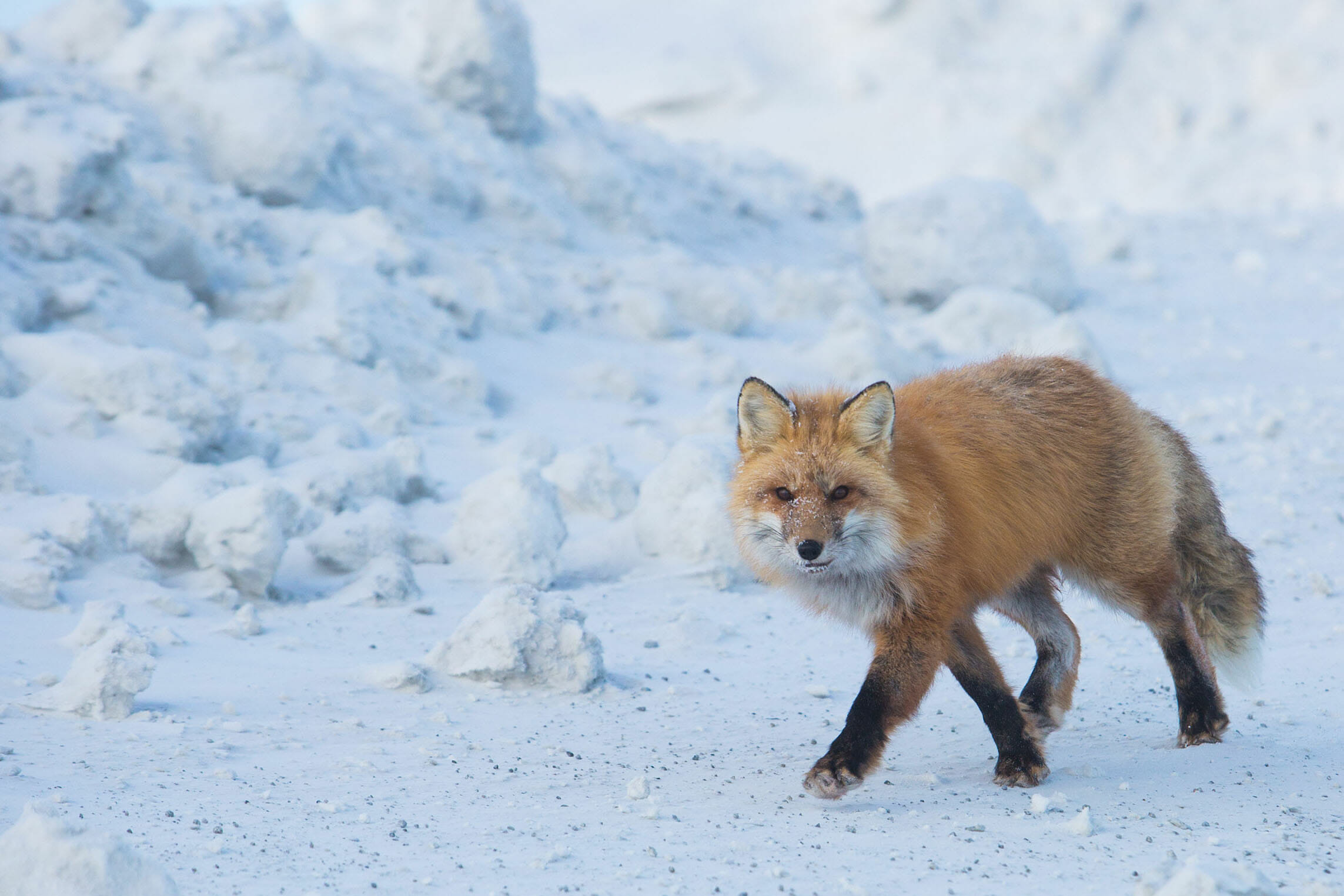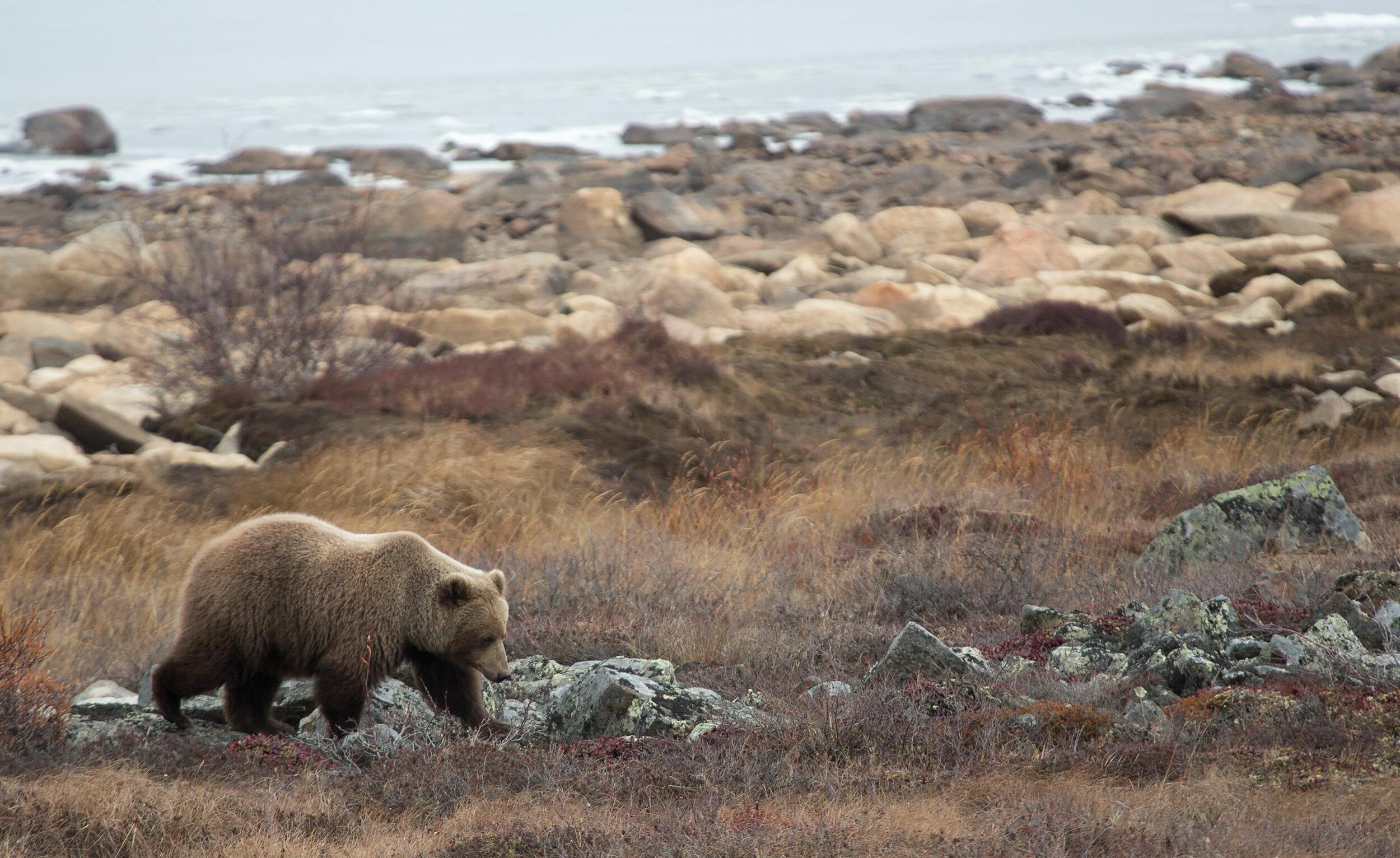Discovering Canadian Diamonds
The ethically sourced natural diamonds featured in All That Glitters originate from the Ekati diamond mine, run by the Arctic Canadian Diamond Company in the Northwest Territories of Canada. Learn more about Canadian diamonds from Maria Doulton, Editor-in-Chief at The Jewellery Editor.

Discovered in one of the most remote wildernesses on earth, Canadian diamonds are pure, beautiful and an increasingly enticing prospect for those looking for a diamond with excellent credentials.
Many Canadian jewellers work with these gifts from nature that are unearthed on their doorstep, alongside global names, for whom sustainability and responsible sourcing are central to their identity. One of the biggest supporters of Canadian diamonds is none other than Meghan Markle, who is often spotted in diamond jewellery by her favourite jeweller, Birks.
From the moment of their discovery in the 1990s, it quickly became apparent that the Arctic region of Canada known as the Northwest Territories (NWT) was rich in high-grade diamonds and that the country was committed to a green approach to mining that prioritised ethics and sustainability. Ekati, now run by the Arctic Canadian Diamond Company, was the first site where diamonds were discovered in Canada and are now a major source of quality employment and income for the region, and a respectful environmental steward. Significant engineering feats, wildlife conservation programmes and community engagement programmes have enabled Canadian mining to proceed in a safe and environmentally sensitive way. By imposing stringent regulations on mining companies, the Canadian government can proudly state that all of its diamonds abide by the highest environmental and international human rights frameworks and labour regulations.
Where Canadian diamonds are recovered
Canada’s diamonds are predominantly mined in the Northwest Territories (NWT), which encompasses 40% of Canada’s landmass. There are currently four working diamond mines in Canada, three in the NWT – the Ekati, Diavik and Gahcho Kué mines – and the Renard diamond mine in Quebec. During sub-zero winters, the temperature there can plummet to -50°C.
Working in the frozen tundra is enormously challenging, with no road access for all but a few weeks of the year. Yet mining companies have discovered that it is possible to nurture a thriving community in these remote locations that, with their help, will continue to prosper well beyond the lifespan of the mines.

The Natural Beauty of A Canadian Diamond
Like the pristine snow beneath which they have laid hidden for billions of years, the majority of Canadian diamonds are icy white in colour. Diavik diamonds, for example, are predominantly white, high-end ‘bridal quality’ gems.
Until the end of 2018, some 28 million carats of diamonds had been unearthed in Canada, making it the third-largest diamond producer on the planet after Russia and Botswana, with some extraordinary finds along the way. These include the remarkable Firefox rough diamond, discovered in 2015 at Diavik. At 187 carats, it was lauded as the largest gem-quality diamond mined in North America until, in 2018, an incredible 552 carat yellow diamond was recovered, also at Diavik. Found more recently is the 74.48-carat Diavik Helios, a fancy yellow diamond, so stunningly bright it appears to capture the brilliance of the sun.

Canada’s Ethical Diamond Framework
Required to undergo exhaustive, ongoing environmental, economic and social assessments of the land, the Ekati mine opened in 1998 and it set the benchmark for those that followed. Prior to this, the Comprehensive Land Claims process had been in place in Canada since 1973, allowing Indigenous Peoples to play their part in local resource management.
In 2004, the Mining Association of Canada launched the ground-breaking Towards Sustainable Mining (TSM) program. The first of its kind in the world to require independent assessments at the mine, the program is increasingly looked upon as global best practice in sustainable and responsible mining.
Maintaining as much of the process as possible in the country, many Canadian diamonds are cut and polished by local artisans. In accordance with the Government of the NWT’s Diamond Certification Program, these stones are tracked and audited by third parties at every stage of their transformation, ensuring they are fully traceable to the mine. Many are laser engraved on the girdle with one of the logos that have become synonymous with Canadian diamonds.
Protecting The Environment
Before a site has opened, mining companies in Canada must commit to protecting the biodiversity of the areas in which they operate and agree to restore the habitat to its original state once a mine has closed. For every acre of land used for mining, three are set aside for conservation, and major environment and biodiversity studies are required before building is given the go ahead, in consultation with indigenous communities and local and regional governments.
Working towards carbon neutral diamond mining across its global operations, De Beers Group is behind the Carbon Vault project, which is developing ways to sequester carbon dioxide from the atmosphere and lock it into a solid form in kimberlite, the stone in which diamonds are found. The technology is being trialled at the Gahcho Kué mine in Canada, alongside other sites, and offers an exciting possibility for reducing the carbon footprint of mining, with applications far beyond the diamond industry.
Preserving The Canadian wildlife
An important part of the country’s ethical diamond framework is protecting the habitats of the Arctic animals that live in Canada.
Partnering with the Government of the Northwest Territories and the University of Calgary, representatives of the Ekati, Diavik and Gahcho Kué mines are collectively participating in wolverine and grizzly bear hair-snagging programmes that can estimate population and trends, helping with their on-going conservation, as well as planning for their future.
Wildlife studies are also being undertaken with regards to caribou. As a species, caribou are culturally important to Indigenous people both as a source of food and way of life. With climate change having a significant impact on their survival, De Beers Group in partnership with the government and World Wildlife Federation (WWF) in Canada is using radio collars to gain a better understanding of their ecology.

Photo by Arctic Canadian Diamond Company
Learning From The Locals
Leaving behind a positive legacy for the indigenous people who live in the NWT is also something that mining companies plan for from the beginning. With local communities providing half of the mining workforce in NWT, large-scale employment, with fair labour wages, is just one of the social benefits a diamond mine can bring. Mining operations also require new businesses to open and enable local ones to flourish. Since the first diamond mine opened in Canada, billions of dollars have been invested in northern businesses.
But what happens once a mine reaches the end of its life – what are the lasting benefits mining companies bring to their host communities? Rio Tinto, which operates the Diavik mine, has a Sustainability Committee whose job it is to help with the transition when operations wind down. By supporting entrepreneurship, providing career guidance and training opportunities, and empowering staff to utilise the skills they have gained, its goal is to help build diverse economies that can thrive in the long term.
The Future of Diamond Mining In Canada
In 1991, aged just 21, Canadian geologist Eira Thomas, CEO of Vancouver-based Lucara Diamond Corp., discovered the diamond-laden kimberlite pipes that would go on to become the Diavik mine. Today, she is based in Botswana and London, but as a Canadian she continues to be invested in the fortunes of diamond mining in her home country. ‘Canada has been an important global producer for more than two decades,’ acknowledges Eira, ‘and we still have long life reserves remaining.’ While several mines have reached maturity and Diavik and Ekati are nearing the end of their productive life, there are vast swatches of the Canadian tundra that remain unexplored – for now. What lays beneath, only time will tell.
To see more of our exclusive behind the scenes coverage from All That Glitters, visit www.naturaldiamonds.com/AllThatGlitters
